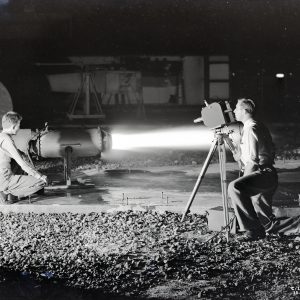
1947 Lewis Inspection
The first Inspection at the Cleveland laboratory, held in October 1947, emphasized issues pertaining to post-war development of the turbojet engine.
The July 1958 Inspection at Ames was both the laboratory’s final Inspection and the final Inspection of the NACA era.
Ames hosted its last Inspection on July 14 and 15, 1958. Again, the dates were selected to follow the meetings of the Institute of Aeronautical Sciences in Los Angeles. Even at the time, Ames people suspected it would their last. The NACA was being absorbed into a new agency, the National Aeronautics and Space Administration (NASA), which portended a different relationship between Ames and the aerospace industry. The NACA Executive Committee held a regular meeting at Ames during the Inspection, during which they discussed plans to be absorbed into NASA. Furthermore, specialized NACA technical conferences, like one in March 1958 on High Speed Aerodynamics, showed that no general one-day Inspection could satisfy the increasingly focused interests of American aerospace leaders. NACA Director Hugh Dryden, in his introduction, noted guests would hear nothing about the X-15 airplane or aircraft operating problems because those were the subjects of future NACA technical conferences.
Of the nine presentation topics, eight addressed issues in spaceflight. The sole presentation on atmospheric flight dealt with a military topic: how to extend the range of supersonic turbojet bombers (noting it could someday carry civilian passengers). In a photograph from that presentation you can see a tunnel model of the sleek aircraft wing—following the theoretical work of Robert T. Jones and designed by Elliott Katzen—that inspired the red wing of the forthcoming NASA meatball logo.
Harvey Allen’s work on the blunt body had been declassified the previous fall. His theory, and the test facilities Ames built to validate it, took a starring role at the Inspection. In his introduction to the Inspection pamphlet, NACA Chair Jimmy Doolittle noted: “More than six years ago in this Laboratory an NACA scientist worked out the principle of the high-drag blunt nose cone to reduce to a minimum the aerodynamic heating experienced by a body entering Earth’s atmosphere at high speed. All current ICBM and IRBM warheads employ this concept. From this and even earlier beginnings NACA’s work in space technology has grown in orderly fashion until it now receives half of our research attention.”
Manley J. Hood structured the presentations. A presentation on the uses and orbits of Earth satellites (information useful in the International Geophysical Year satellites) was done in the 40- by 80-foot wind tunnel. A presentation on aerophysics (the chemical composition of air in the upper atmosphere) was done in the hypervelocity air ?ow apparatus, and a presentation on aerodynamic heating was done near the low-density and heat transfer tunnels. A presentation on entry research techniques
was done at the new Ames atmosphere entry simulator, one on piloting problems during entry was done in the flight research laboratory, and one on stability during atmosphere entry was done in the supersonic free-flight tunnel. Engineers from Langley discussed the X-7 rocket booster program for flight research on spacecraft in the Ames 11- by 11-foot transonic tunnel, and engineers from Lewis presented on electrical and nuclear space propulsion systems in the 6- by 6-foot supersonic wind tunnel.
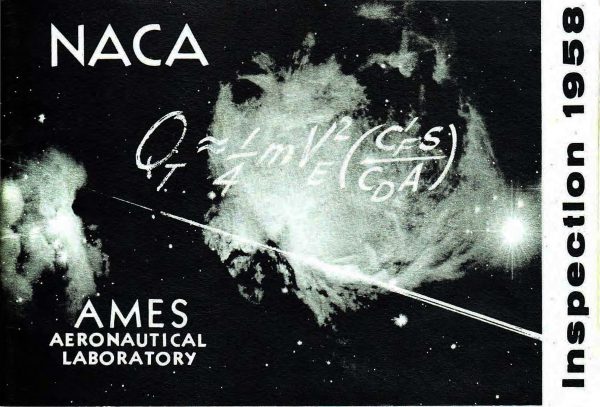

The first Inspection at the Cleveland laboratory, held in October 1947, emphasized issues pertaining to post-war development of the turbojet engine.
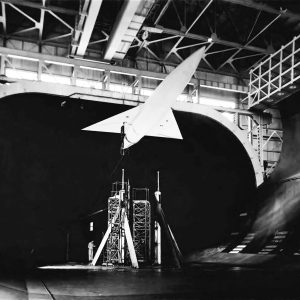
The July 1948 Inspection at the Ames Laboratory highlighted the facility’s new wind tunnels and work on heat transfer and aircraft control systems.
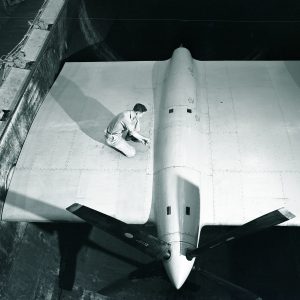
During the September 1948 Inspection, the NACA renamed its Cleveland laboratory in honor of the recently deceased George W. Lewis.
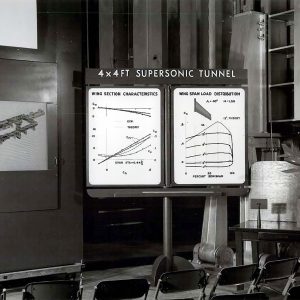
Langley’s biennial Inspection in May 1949 featured its recent work in high-speed aerodynamics, particularly in the transonic stage.
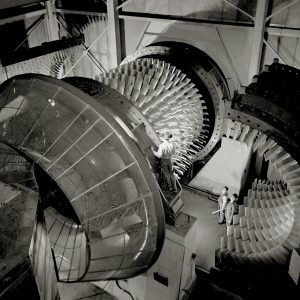
At the September 1949 Inspection, the NACA unveiled Lewis’ recently completed 8-by 6-Foot Supersonic Wind Tunnel and a new style of presenting the technical information in a more understandable manner.
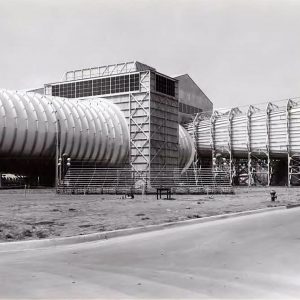
The July 1950 biennial Inspection at the Ames Laboratory’s took place shortly after the onset of the Korean War and signaled the beginning of the NACA’s transition into missile and rocket research.
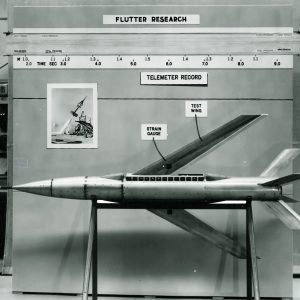
Langley’s 1951 biennial Inspection addressed tools necessary for transonic research and efforts to transition from manual data computations to mechanical and digital computers.
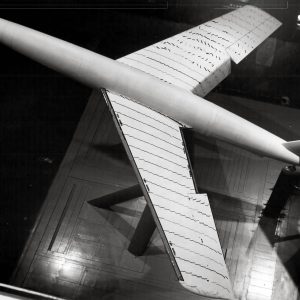
Increasing Cold War security concerns led to a reduction of technical information on display during the July 1952 Inspection at Ames.
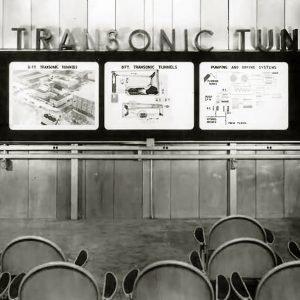
The Langley Laboratory featured its helicopter research during the biennial Inspection in May 1953.
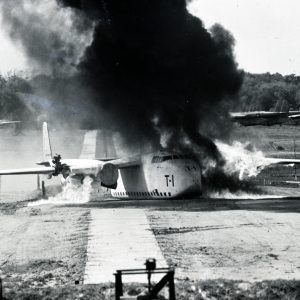
The Lewis Laboratory’s June 1954 Inspection emphasized the NACA’s role in the Cold War, while demonstrating the new Propulsion Systems Laboratory and its growing rocket research.
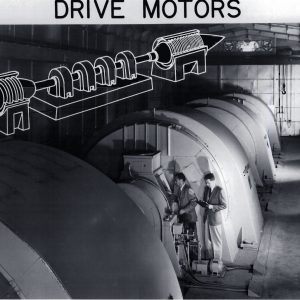
The talks at the June 1955 Inspection of the Ames Laboratory revealed that the more advanced aircraft of the future required the same type of NACA research as previous generations.
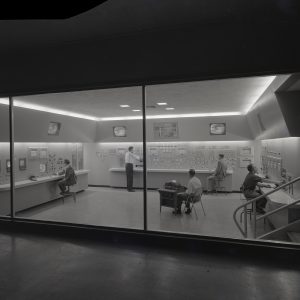
The May 1956 Inspection was dedicated entirely to the Lewis Laboratory’s new Unitary Plan Tunnel (the 10- by 10-Foot Supersonic Wind Tunnel).
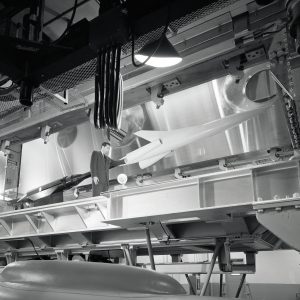
The October 1957 Inspection at the Lewis Laboratory ushered the NACA into the space age and signaled the beginning of the end for the agency.
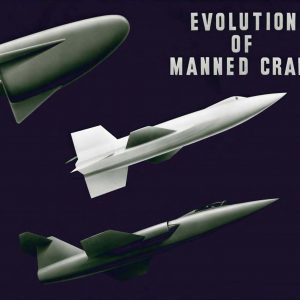
The July 1958 Inspection at Ames was both the laboratory’s final Inspection and the final Inspection of the NACA era.
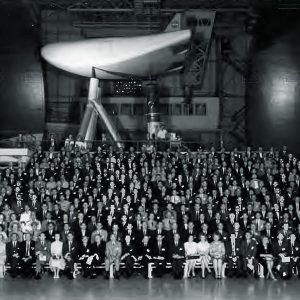
NASA’s first Inspection, held at Langley in May 1964, emphasized the role the former NACA labs were playing in the new Office of Advanced Research and Technology (OART).
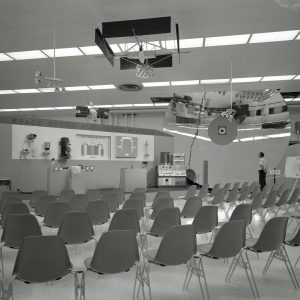
Lewis Research Center held an Inspection in October 1966 to mark its 25th anniversary and demonstrate both its space research and resurgent aeropropulsion work.
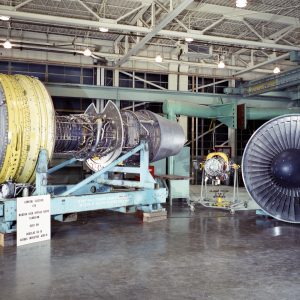
NASA’s final Inspection, held at Lewis in September 1973, sought to demonstrate a wide variety a civilian applications for NASA technology.